Tuesday May 16, 2023
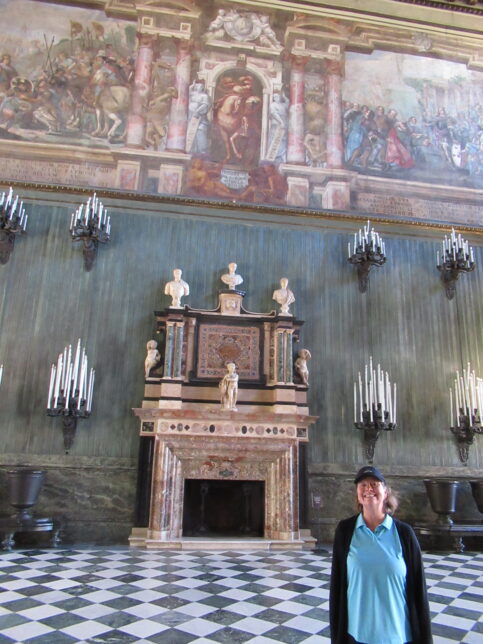
Our apartment is very comfortable and we enjoy having a home cooked breakfast every morning. It provides a good start to our day. We have reservations to enter the Palazzo Reale today at 1000. The Royal Palace was created in the 16th Century and stood as a symbol of power for hundreds of years. The residence was commissioned by Carlo Emanuel’s I of Savoy in the 17th century and became the center of the Savoys governing power. We arrive a little early and they let us right in. The reservation time was required online, yet they do not ask or check to see if we have a reservation. Maybe it is designed for the busier summer periods.
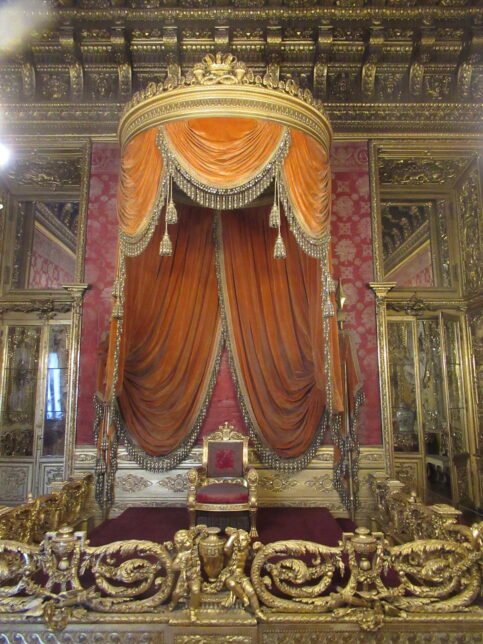
Our self guided tour starts with the grandiose staircase that we of course have to climb to see the rest of the palace. We immediately enter a large room with beautiful candle holders on the walls and extremely large chandeliers that also hold candles for light. We had learned in a smaller palace in Bologna that the floors under these chandeliers were concave. This served the dual purpose of informing dancers where the chandeliers were and to keep them from going underneath where the hot candle wax would drip down onto the floor and collect. We also see the throne room which used to hold the Queens throne but from 1831, it became the Kings Throne room becoming the fulcrum of Carlo Albertos royal palace. There are many rooms for us to walk through serving the different functions of the palace including antechambers for visitors to await to meet with the royalty. As expected the rooms are beautiful and lavishly decorated.
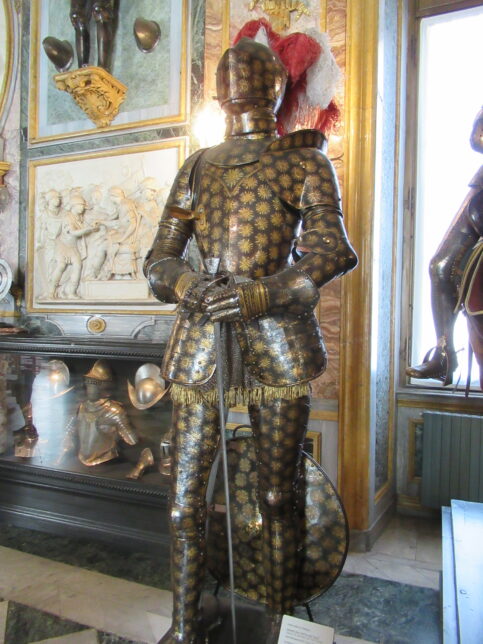
The palace also has a couple of museum areas. The first area we enter is the Royal Armory. The savoys amassed an incredible collection of armor, weapons, and other items over the time of their rule. There is an artifact that was discovered on the seabed in the port of Genoa which has the head of a boar. It is believed that its function was to protect the end of the keel during ramming maneuvers by enemy ships. There is a suit of armor that was worn by Prince Emanuel’s Philiburt, the third son of Charles Emanuel’s I of Savoy. It is beautifully decorated with a sun motif. Besides the more normal and functional armor, we also see more decorative armor. One head armor , we assume looks like its owner complete with a mustache. A shield has beautiful metalwork depicting warriors slaying a dragon. We also get some nice views of Piazza Sorbello out of some of the windows of the palace.

We thought we were done with the armory until we turn a corner and get but wait there’s more. Not only is there more, but there is more really cool stuff. One example of these items are some Japanese swords and also full Japanese suits of armor. These were given to King Victor Emanuele II by Emporer Meiji of Japan in 1869 after the signing of the Friendship and Trade treaty that opened up diplomatic relations between the Kingdom Of Italy and the Japanese Empire. We also see a collection of crossbows. The oldest one in the armory is over 500 years old made of ox horn clad in painted birch bark. A thick string made of animal gut holds the bow and stock together. There is also a sword used by Napoleanic during his Egyptian campaign
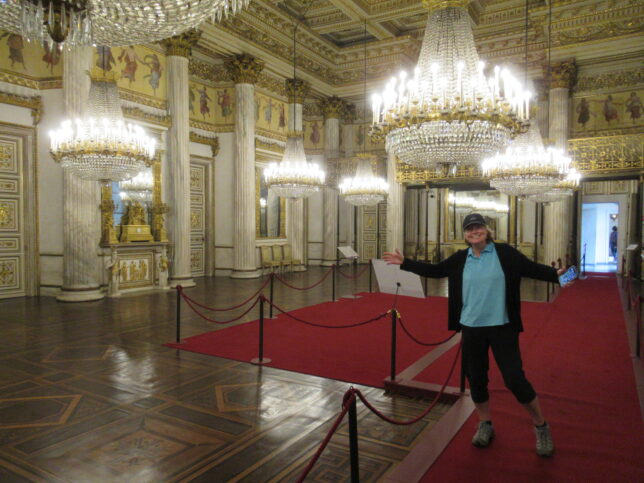
From the armory we renter the palace proper and more of the royal rooms. The dining room has its small table that seats only 24 or so royal guests as well as fine porcelain laid out on it. There are the antechambers to the royal bedrooms, the lavishly decorated bedrooms themselves, a ballroom complete with an internal balcony, coffered ceilings, and many chandeliers. How many rooms does it take to keep the royal Savoys happy? I don’t know but I can tell you it is more than the forty or so we have been through.
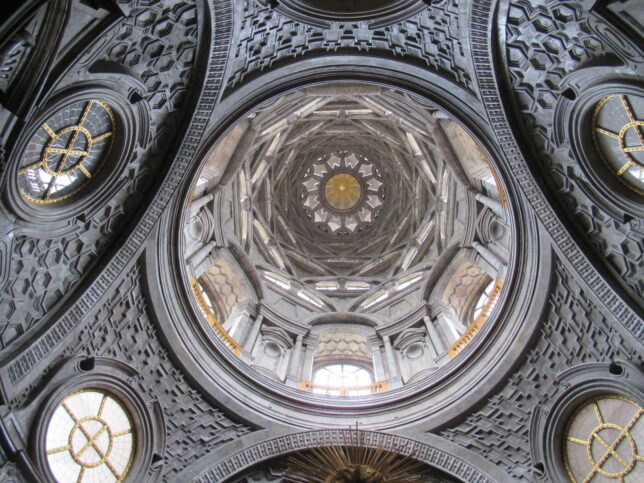
What would the royal palace be without a royal chapel? Perhaps slightly smaller. At any rate the royal chapel is special because it has a royal altar which was connected to the Church of San Giovanni Battista that we read across on our first day. I mentioned then that we saw a large glass window behind the altar. Well, now we are on the other side of that window. The royal altar of the chapel was commissioned by Duke Vittorio Amedeo II built between 1688 and 1694 to house the Holy Shroud which was preserved in the central urn from 1694 to 1993. Truly an amazing addition to the palace and the church. Is this the end of our paalace excursion? I should think not.

The Savoys amassed quit a collection of art over the years, because hey what else can you sped the peasants money on after building a sumptuous royal palace? There are quite a few paintings from Dutch masters including several by Peter Paul Rubens. There is Susannah and the Elders whose intent was not that honorable, taken from the Book of Daniel in the Old Testament. Another is Deianeira Tempted by the Fury in which Deianeira receives from one of the Furies the blood soaked tunic of the centaur Nessus which will kill her husband Hercules when he puts it on. To stick with the Hercules theme, there is one of Hercules in the Garden of Hesperides. Another famous one is Venus by Sandro Botticelli famed for not only his artwork but his connection with the Medicis, specifically Lorenzo the Magnificent.
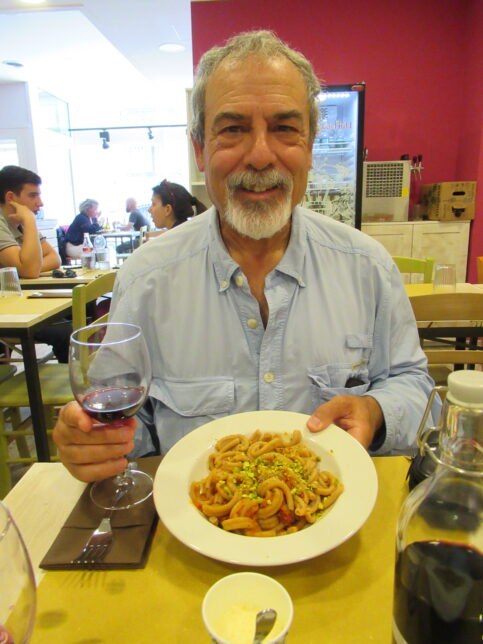
We finally exit the palace through the palace gardens and realize that as guests we were not given a royal feast. This signals that it is time for lunch and we have a place in mind that serves homemade pasta made in house. We walk to Brun Buona Pasta and go inside. The nice owner explains the different pastas they have to choose from and then the different sauces. Very simple, pick one pasta and pick one sauce. Of course, we pick a half liter of wine to go with it. Carol gets the local Agnolotti, a kind of meat filled ravioli and I get Casarecce pasta with a pistachio based sauce. They are both very good and very reasonably priced.
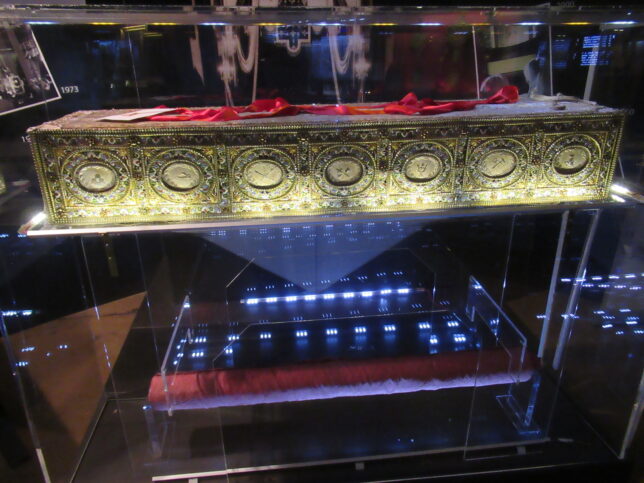
With lunch in our bellies, we had planned o see the Doicesan museum but after going there we realize it is closed for the next few weeks. Our alternative choice is to see another church and the small Museum of the Holy Shroud. The small museum explains the history of the Shroud and its long journey to get here. In 544, the image was kept in Urfa (now Edessa) in turkey. In 944, it was moved to Constantinople where it was identified as the Shroud of the Lord. In 1204 during a sacking of the city, it disappears.It appears in France in 1355 and in 1453, Margeret de Charney handed over the shroud to Duke Louis I of Savoy who keeps it in Chambery. Long story short it finds its way to Torino in 1548 and eventually to the royal chapel. Like many relics, it has an interesting history of travel.
We buy a few items at the market on our way back to the apartment and make home made paninis to enjoy for dinner while once again being serenaded by the local apartment musician. Another nice day in Torino comes to a close.
Expenses. Lunch at Brun Buona Pasta 25E Agnolotti Carne and Casarecce with pistachio sauce Dinner Items from Pam paninis 9.78E Golden Eagle Apartment 106.60E Walked 8.2 Miles
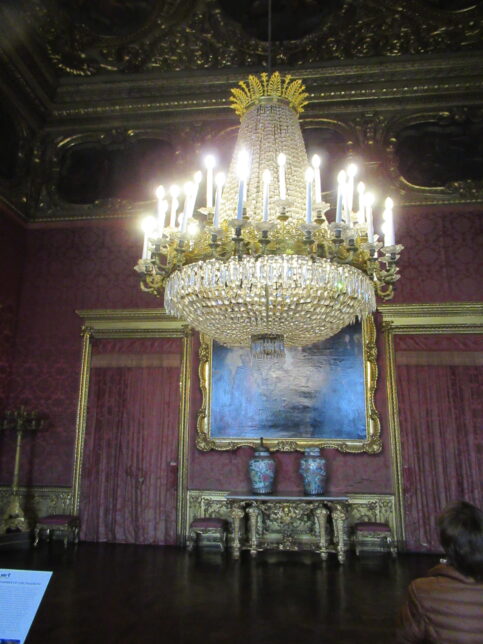

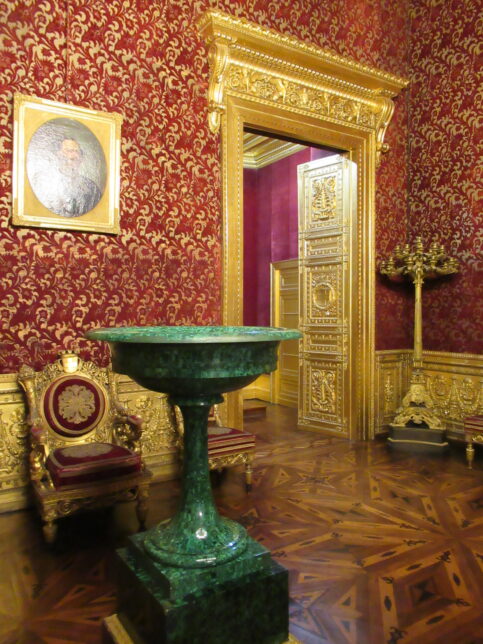
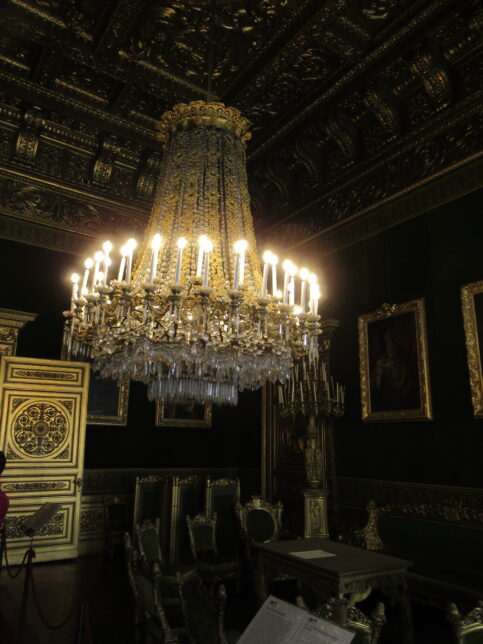
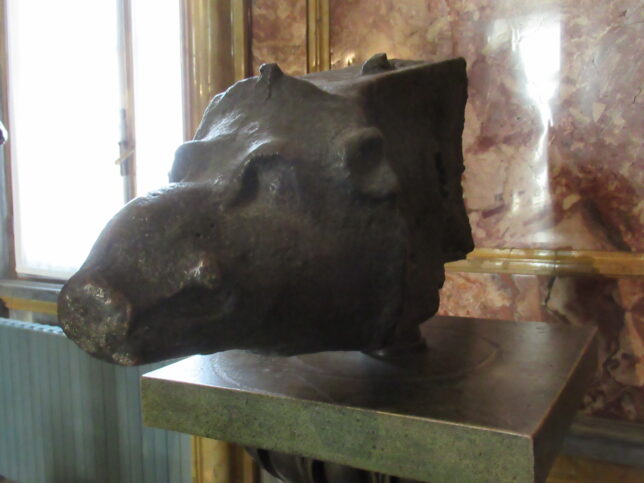
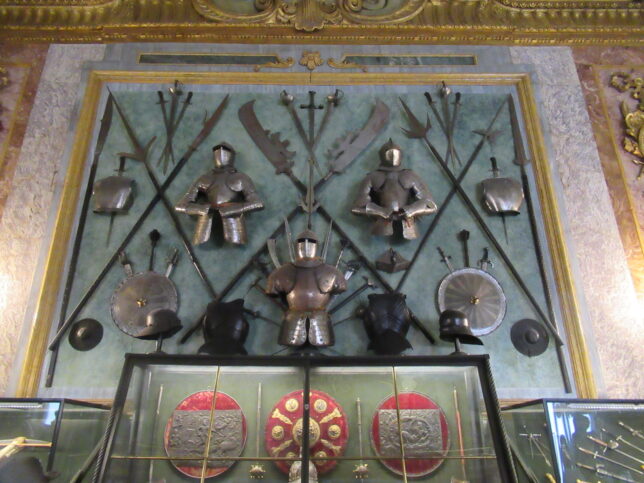

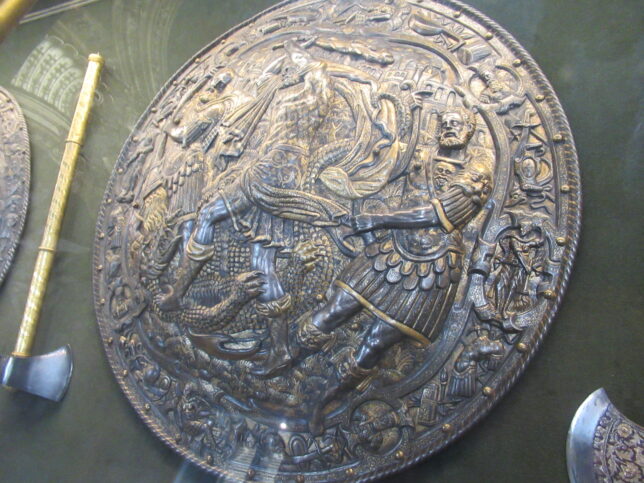
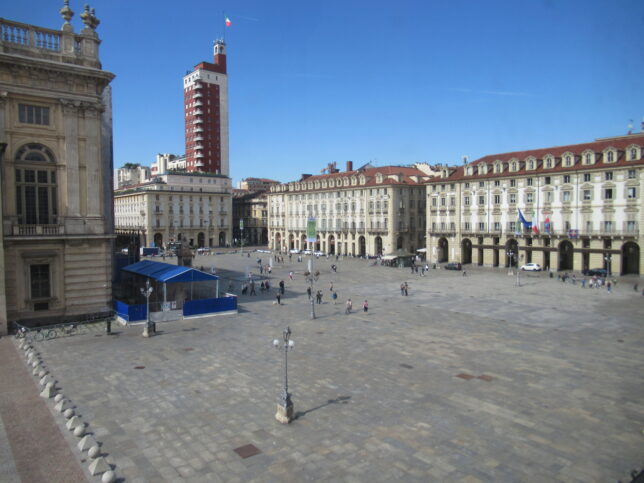

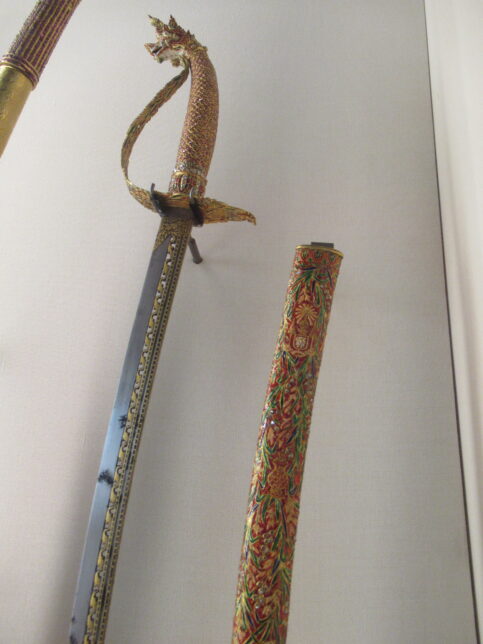
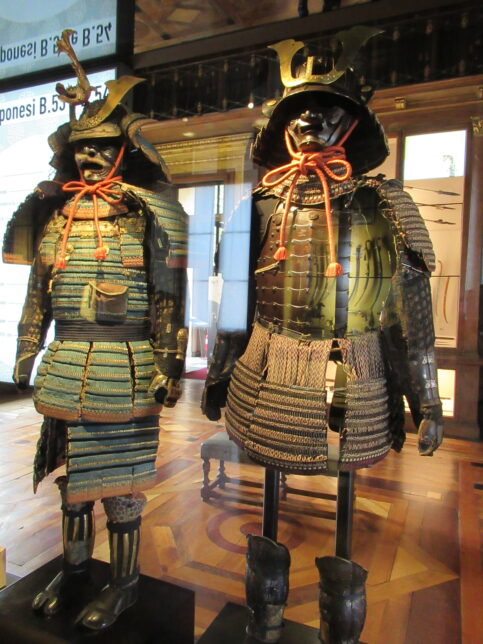
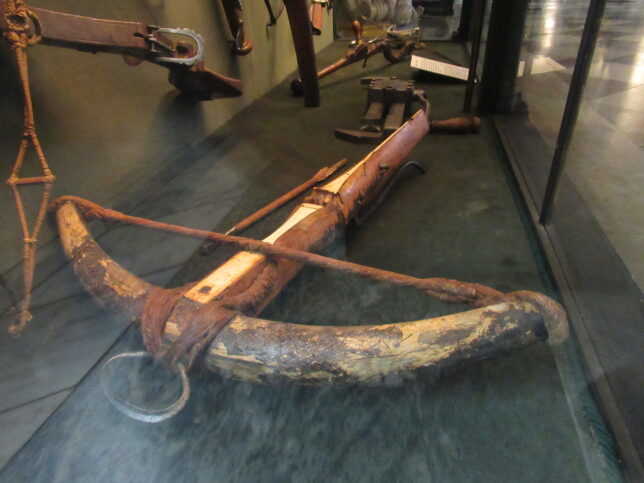
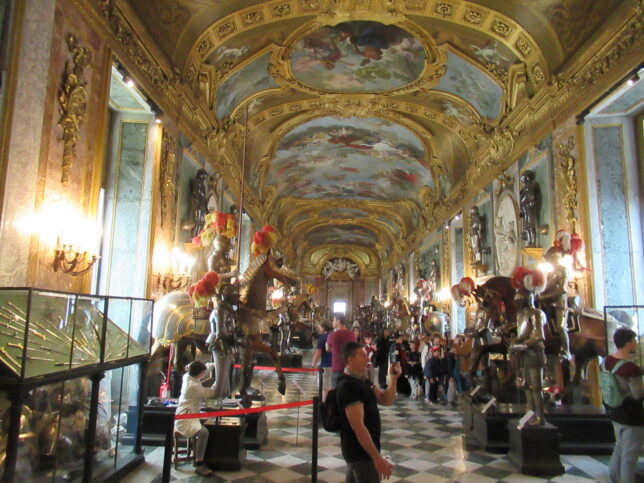
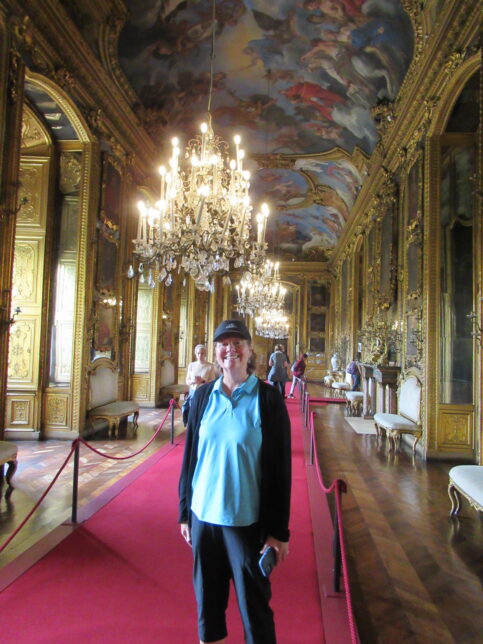
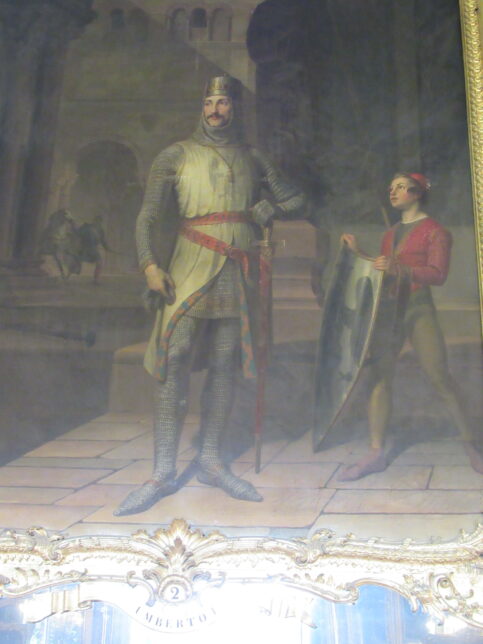

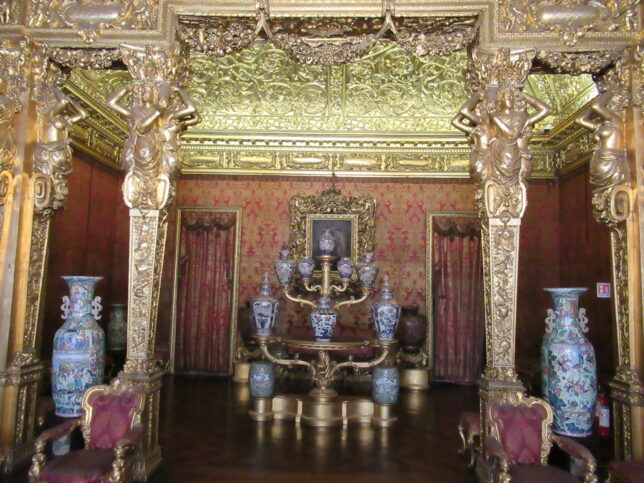
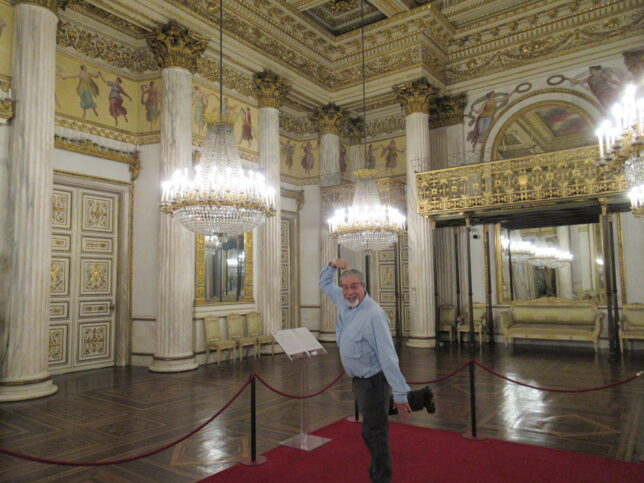
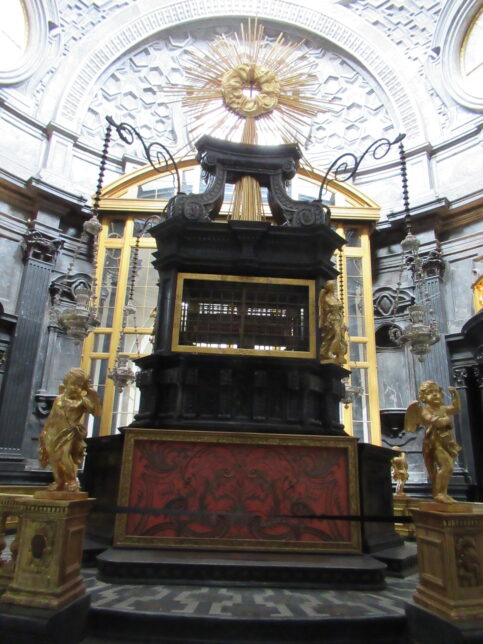
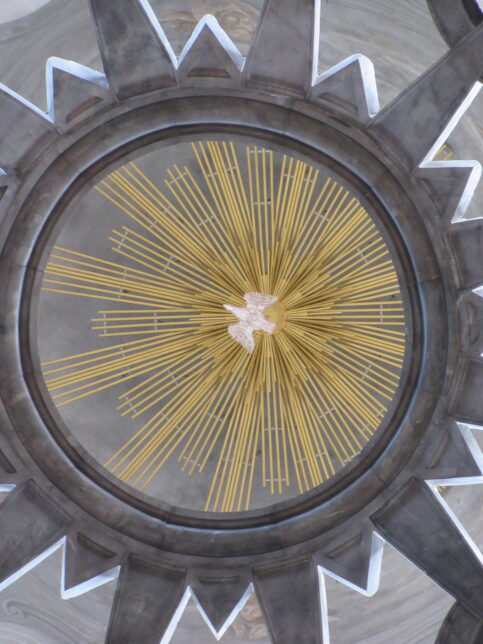
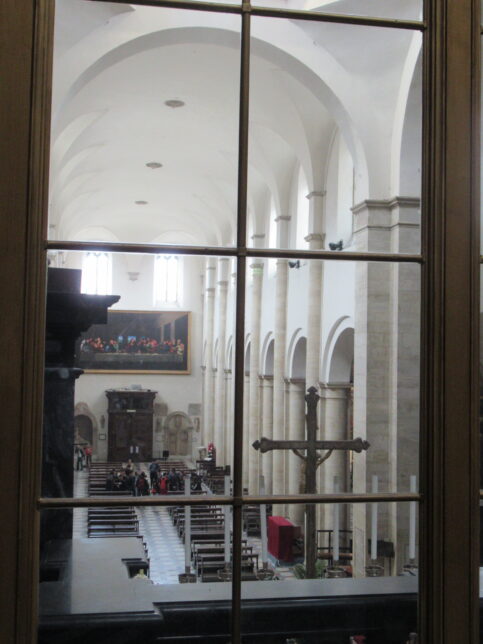
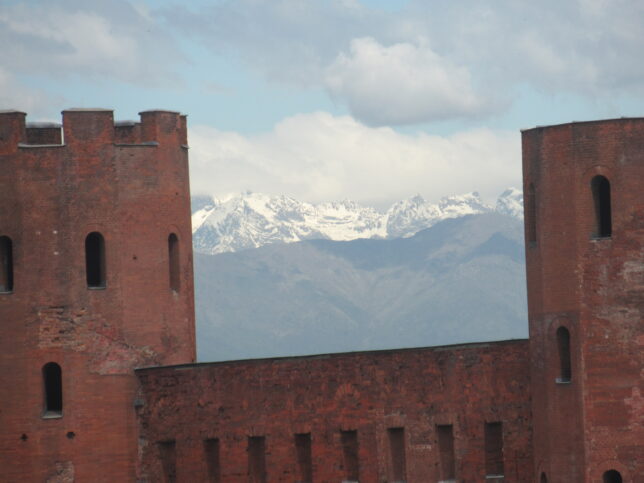

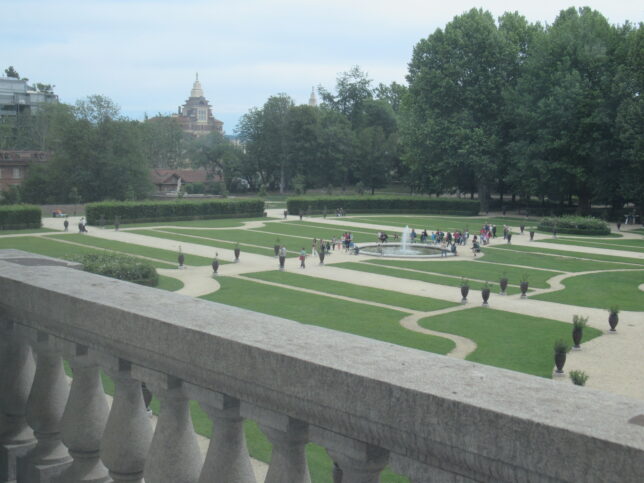

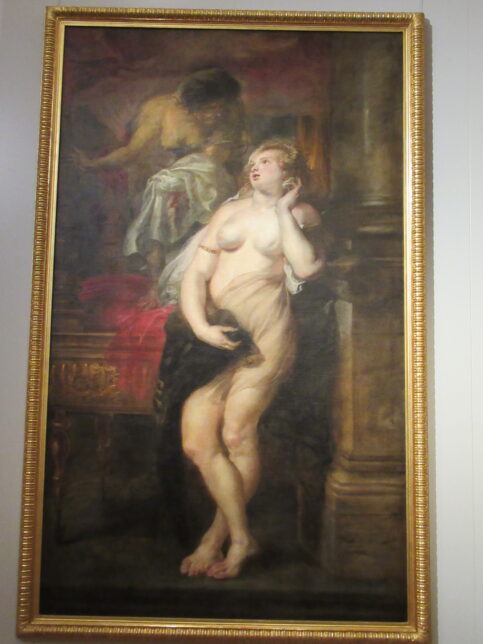

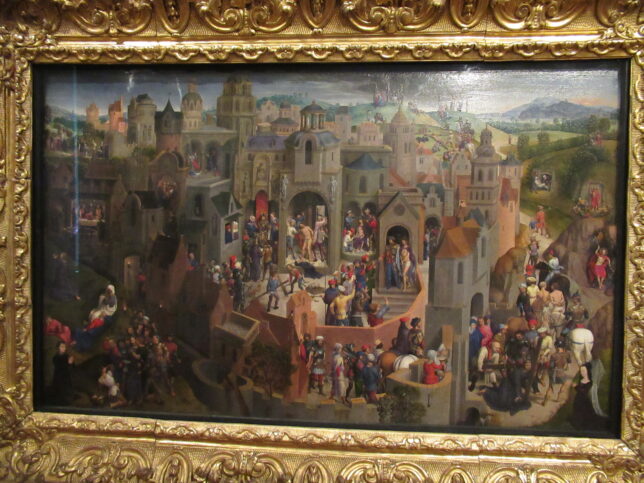
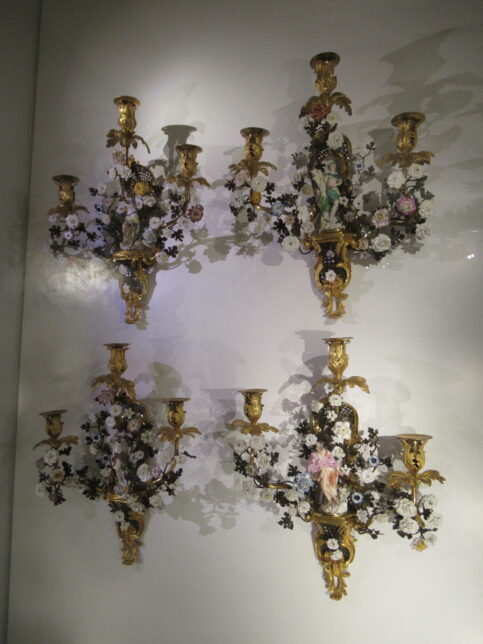
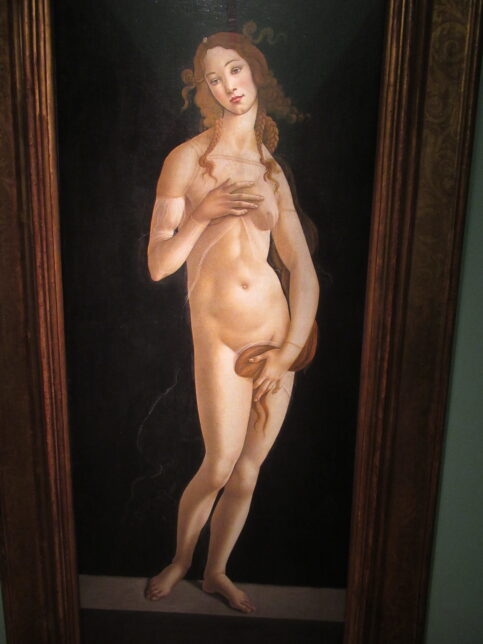
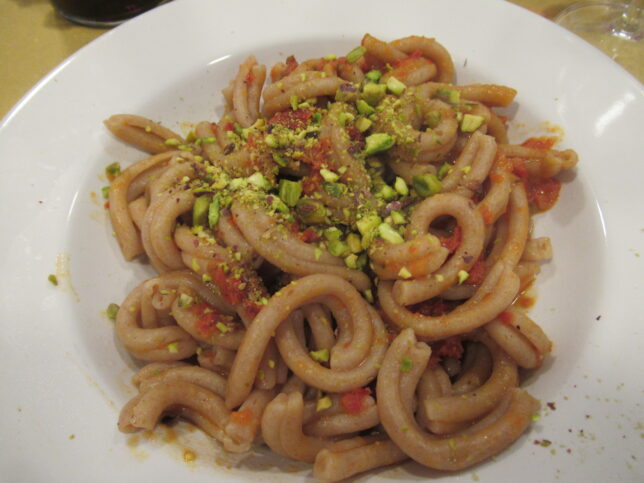
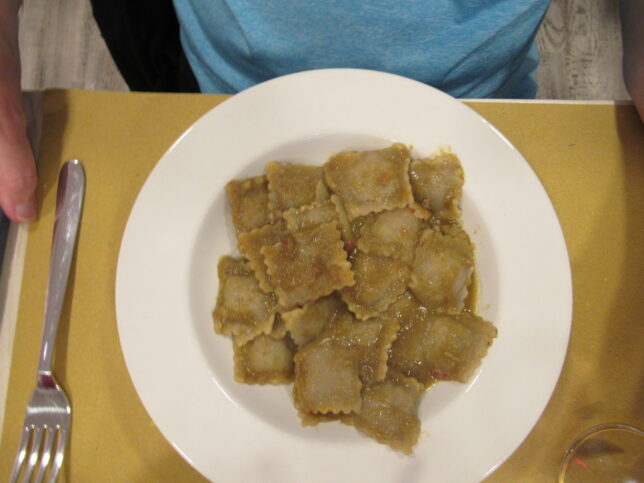




No Comments Yet